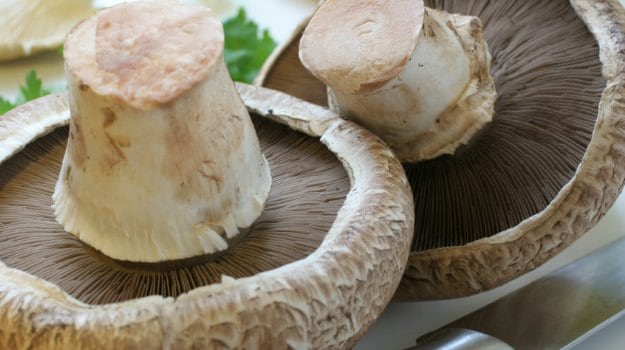With the anticipated increase in batteries needed for electric vehicles and electronics, a cheaper and sustainable source to replace graphite is needed. UC Riverside engineers were drawn to using mushrooms as a form of biomass because past research has established they are highly porous, meaning they have a lot of small spaces for liquid or air to pass through.
That porosity is important for batteries because it creates more space for the storage and transfer of energy, a critical component to improving battery performance. In addition, the high potassium salt concentration in mushrooms allows for increased electrolyte-active material over time by activating more pores, gradually increasing its capacity.
A conventional anode allows lithium to fully access most of the material during the first few cycles and capacity fades from electrode damage occurs from that point on. The mushroom carbon anode technology could, with optimisation, replace graphite anodes. It also provides a binderless and current-collector free approach to anode fabrication.
"With battery materials like this, future cellphones may see an increase in run time after many uses, rather than a decrease, due to apparent activation of blind pores within the carbon architectures as the cell charges and discharges over time," said Brennan Campbell, a graduate student in the Materials Science and Engineering programme at UC Riverside.








